Contents
Like many mushrooms, boletus has a “speaking name”. That is, speaking of the boletus, we immediately understand that it grows in the forest, the boletus grows under the aspen, and all types of boletus, of course, settle in birch groves.
On this page you can look at the photo of what a boletus looks like, read a detailed description of mushrooms. You will also learn about the distribution halo of some varieties of boletus and twins of these mushrooms.
What does the common boletus mushroom look like
Category: edible.
View common boletus (a rough coat) several varieties stand out: multi-colored, ash-gray, checkerboard (blackening), harsh, gray, pinking (oxidizing), marsh (white) and black. They differ in the place of growth and the shade of the cap.
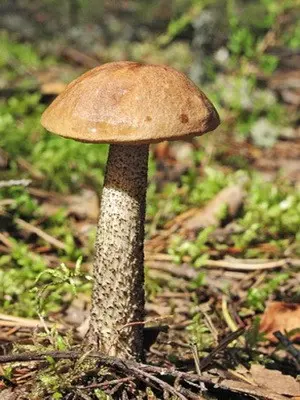
In order to get an idea of what the boletus look like, look at the photo of the mushroom above: the boletus cap (4-12 cm in diameter) is gray, brown or brownish, sometimes almost black. The shape resembles a swollen pillow.
Leg (diameter 1,5-4 cm): white or grayish, with scales, tapering from bottom to top.
Doubles: inedible gall fungus (Tylopilus felleus). In order not to confuse these mushrooms, carefully consider the photo of the common boletus:
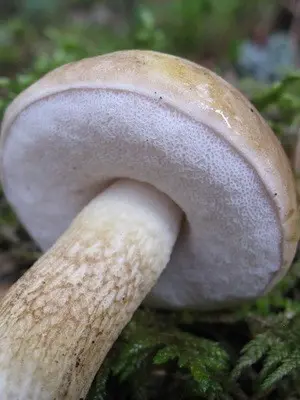
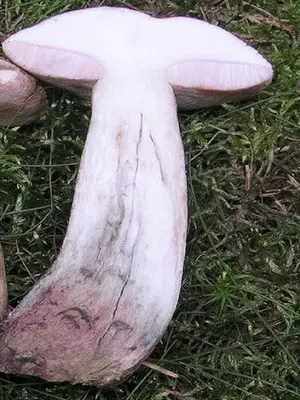
[ »»]
Its flesh is colored evenly, while the pulp of the gall fungus turns red at the site of the cut or break.
When growing: from the end of June to the beginning of November in the countries of the Eurasian continent, North and South America.
Where can I find: in deciduous forests, usually near birches.
Eating: very tasty in every way.
Application in traditional medicine: does not apply.
Other names: birch, blackhead. In the tundra, where the common boletus grows next to dwarf birches, it is called the birch.
What does the marsh boletus look like: photo and description of the fungus
Category: edible.
Marsh boletus cap (Leccinum holopus) (diameter 6-16 cm): usually light brown, pad-shaped, dry to the touch.
The leg of the boletus boletus mushroom is similar in description to the night of an ordinary species – its height is 4-12 cm, the color is white or light gray.
Tubular layer: in young mushrooms it is light, and in old mushrooms it is rich brown.
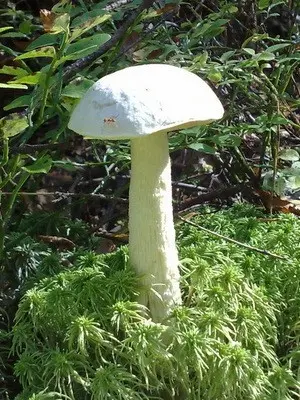
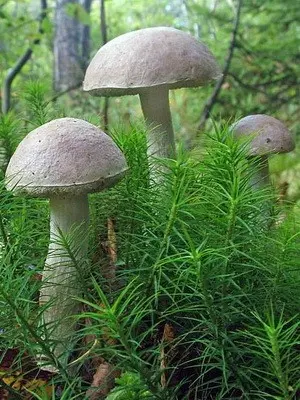
Pay attention to the photo: the pulp of the marsh boletus is very soft, white in color, which does not change at the place of the cut or break. It does not have a pronounced smell and taste.
Doubles: other boletus boletus, from which the marsh differs in its place of growth, as well as the inedible gall mushroom (Tylopilus felleus) with flesh reddening at the cut site.
When growing: from the beginning of July to the end of September in the countries of the Eurasian continent with a temperate climate.
Where can I find: near swamps and in damp forest places, prefers proximity to birch trees.
Eating: only young mushrooms, and they are very tasty in any form.
Application in traditional medicine: does not apply.
[ »wp-content/plugins/include-me/ya1-h2.php»]
What does a hard boletus look like
Category: edible.
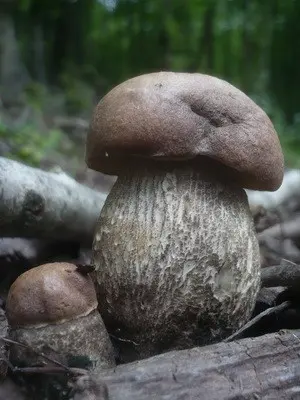
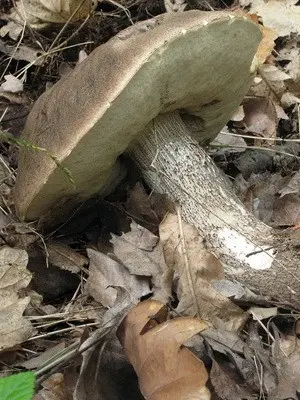
Photo and description of the mushroom boletus harsh (Leccinum duriusculum) is somewhat different from the previous species: hat (diameter 5-17 cm): from brown to gray or light purple. It has the shape of a hemisphere, which eventually changes to a flatter and cushion-shaped and darkens significantly. In young mushrooms, often with scales or pubescence, while in old ones it is naked and smooth.
[ »wp-content/plugins/include-me/goog-left.php»]
Leg (height 6-18 cm): cream below, white above, bluish or light lilac at the very base with a noticeable thickening. Solid, has a cylindrical shape. Often with brownish small scales.
Tubular layer: loose tubules are white, darken strongly when pressed.
Boletus often grows in birch-aspen forest.
Pulp: solid, white. On the cut and when interacting with air, it turns pink in the cap area, and turns green or black near the stem. It tastes sweetish, at the break it releases a pleasant mushroom aroma.
Doubles: are absent.
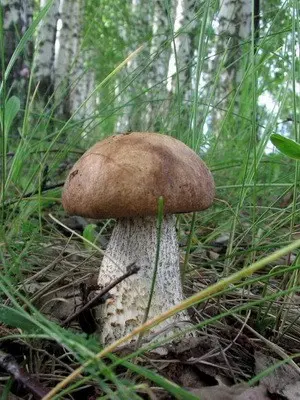
When growing: from mid-July to early November in the countries of the Eurasian continent with a temperate climate.
Where can I find: on calcareous soils of deciduous and mixed forests, usually near poplars and aspens.
Eating: in any prepared form. The fungus is rarely wormy.
Application in traditional medicine: does not apply.
Other names: hardish boletus, poplar boletus, harsh boletus.
Mushroom boletus multi-colored
Category: edible.
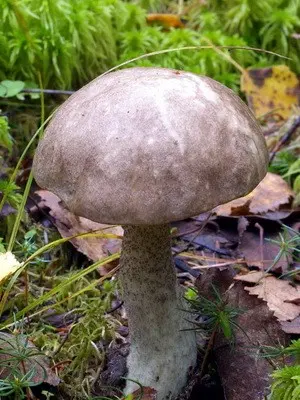
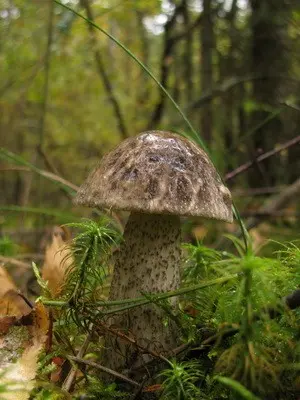
The hat of the multi-colored boletus (Leccinum variicolor) (diameter 5-12 cm) is gray or brown, with yellow or gray tan marks. It can be brick, orange, beige, pinkish. It has the shape of a hemisphere with a skin slightly overhanging along the edges. Feels dry to the touch in hot weather, slightly slimy in damp weather.
Leg (height 9-19 cm): white or light gray, often with small scales. Tapers from bottom to top, has a cylindrical shape. Tubular layer: greyish.
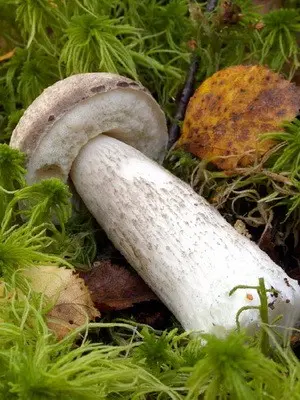
Pulp: pink in the cap, bluish in the tubular layer, and pink or green in the stem. In young mushrooms, it is dense, becoming looser with time. Has a sour smell.
Doubles: are absent.
When growing: from late June to mid-September, often found in southern Our Country.
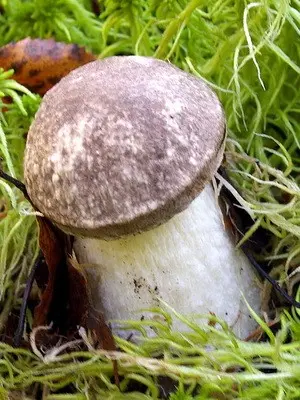
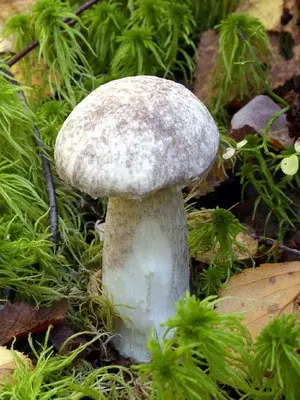
Where can I find: in deciduous forests, especially often near birches, oaks and poplars.
Eating: only young mushrooms, as old ones are tough. In extreme cases, you can use hats. Multi-colored boletus is very tasty in dried and pickled form.
Application in traditional medicine: does not apply.
Other names: multi-colored bug.









